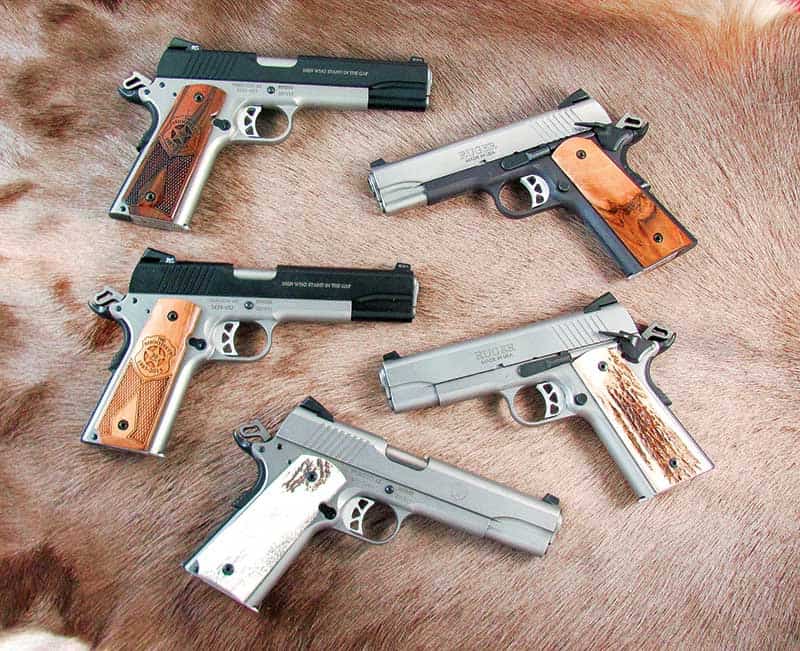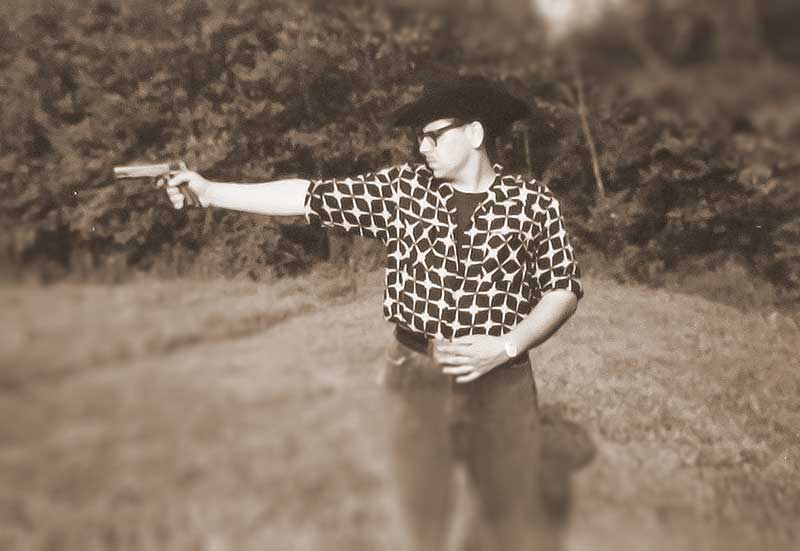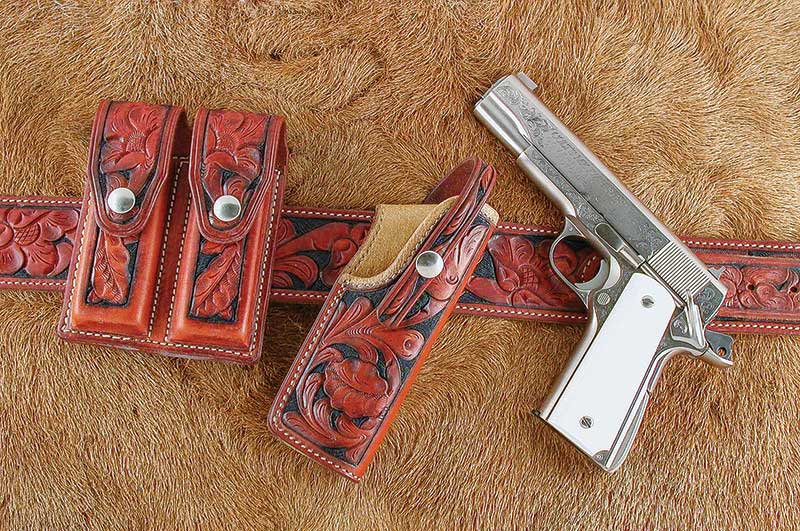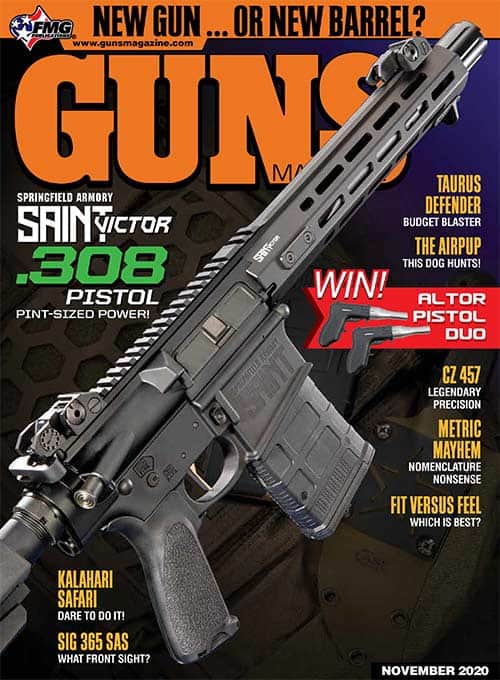Rare Breed
Now with all these early years of shooting sixguns, semi-automatics were not totally ignored. In the 1950s and early 1960s, one rarely ever saw semi-automatics in gun shop display cases. Those found were mostly military surplus .45 ACP 1911 Government Models. Every one of us had two guns thanks to the NRA. Both the 1903 Springfield bolt action .30-06 and the .45 ACP Government Model were made available for anywhere from $7.50 to $15 delivered right to our doorstep via Railway Express.
When I moved my family 2,500 miles west to Idaho the Government Model was under the front seat of our 1965 Ford Station Wagon. When I traveled north and across the Lewis and Clark Highway to the University of Montana for three summers of graduate school, the same .45 ACP rode in my belt in the small of my back. In both cases it was loaded with military surplus ammunition. However, by the time I started graduate school in 1969, something else had happened which would start moving the semi-automatic pistols from acknowledgment to total acceptance and appreciation. It was the Gun Control Act of 1968, or as it is “lovingly” known, GCA68.






